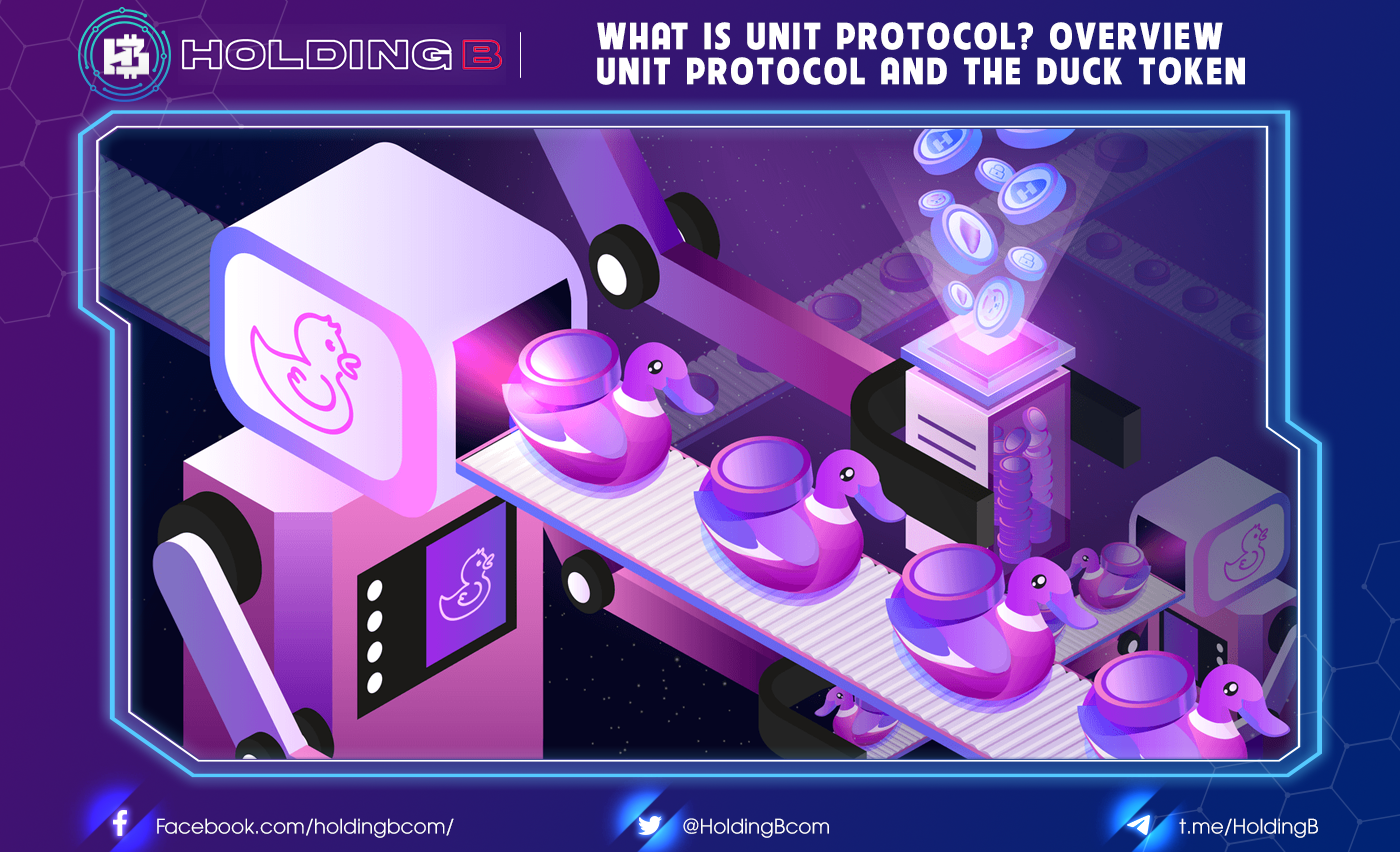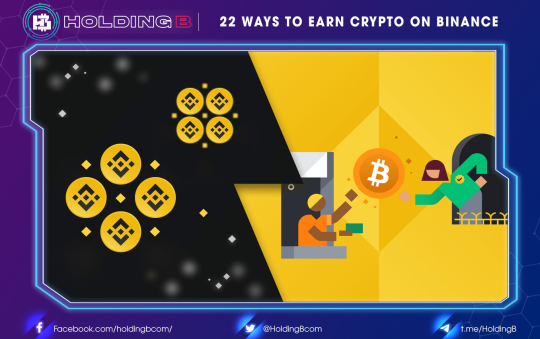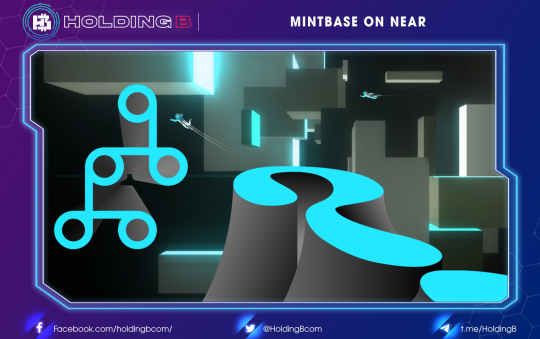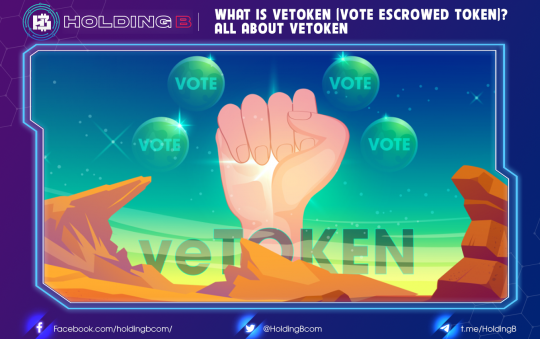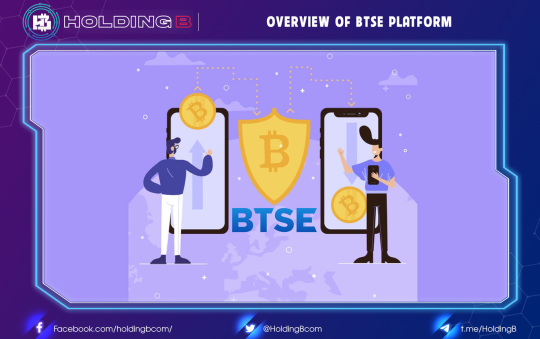What is unit protocol?
Unit Protocol is a lending & borrowing protocol that allows users to obtain liquidity from a variety of decentralized asset classes. The protocol increases borrowing efficiency by expanding the number of crypto assets available for mortgages, while users can mortgage assets to mint USDP stablecoins.
Unit Protocol mode of operation
What problem does unit protocol solve?
Decentralized finance (DeFi) is increasingly playing an important role in the Ethereum ecosystem with the adoption of financial activities such as borrowing, lending as well as stablecoins.
Every decentralized financial service has a different purpose and function, but in general, their economic models are largely lacking and weak. Much of their token value is based on speculation without any sustainable management. Therefore, stablecoins are an important driver in the development of DeFi.
Besides, centralized stable coin platforms always carry certain risks, one of which is the possibility that assets will be controlled, frozen or recovered by the government for any reason.
Therefore, Unit Protocol brings a new type of stable coin, which is supported on-chain and will mainly trade on DEX (decentralized exchanges), increasing anti-censorship capabilities.
Unit Protocol Highlights
- Diversify token collateral.
For any financial ecosystem, capital is especially important. In the classical financial system, loans can be supported by a variety of asset classes, including low-liquidity assets that cannot be sold immediately.
In the cryptocurrency financial system, there is a market that exists with acceptable liquidity for most medium/low-cap projects, but owners cannot use these tokens as collateral.
For this reason, the Unit Protocol solves this problem.
In addition, to manage possible risks, Unit Protocol implements flexible approaches to each token, such as collateral ratio requirements, liquidation costs, and interest rates.
Additional limits will be implemented to manage the risk to tokens and reduce the impact of the possible “Black Swan” event with this protocol.
- Interest rates are stable and free to issue.
Unit Protocol takes into account that the market can adjust itself and ensure that the price of the stablecoin reaches its closing level. It allows users to issue USDP stablecoins as a collateral on offer. Instead of focusing on the stablecoin price, it focuses on the value of the USDP to ensure that it reaches its closing level over time.
This mechanism allows unit protocol to scale up in the long run. With Unit Protocol, interest rates will remain stable on an unaffected CDP (Mortgage Debt Position).
Adjusted interest rates only affect operations with newly opened CDPs or CDPs affected by activities that reduce the proportion of collateral (i.e. issuing new USDPs or recovering collateral). Other activities such as depositing additional collateral for an existing CDP or a USDP deposit to reduce the current debt do not affect interest rates.
What’s even more remarkable is that Unit Protocol offers a zero debt issuance fee, as well as a zero repayment fee.
- Effective liquidation mechanism.
The Unit Protocol creates an efficient liquidation process for the benefit of the entire system. If the value of the user’s collateral decreases and the collateral/debt ratio is lower than the liquidation rate (LR), then any participant can trigger the liquidation of the position.
The liquidation process is divided into 2 stages:
- Sale of loans that have not been allocated to the liquidation team
- The system buys liquidated assets and sells them through auction
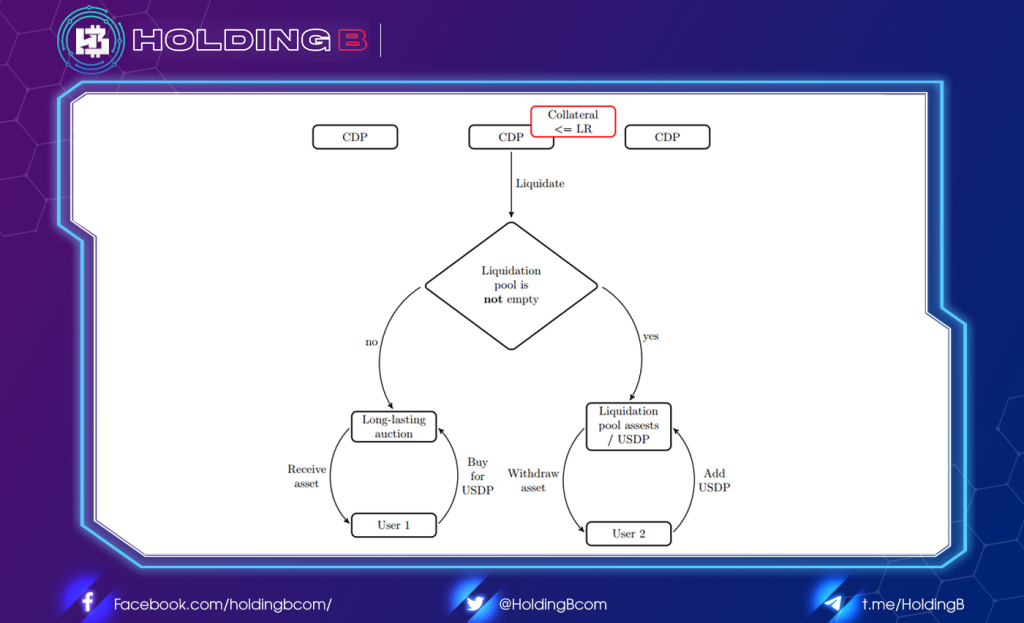
What is DUCK token?
DUCK is a token in the Unit Protocol ecosystem, used for the purpose of:
- Governance: As an administrative token, duck holders have the right to vote to change the decisions and features of the project.
- Trading fee: DUCK token holders will receive 30% of the transaction fee and liquidate the assets. The rest will buy DUCK and burn.
Some basic information about DUCK tokens
- Token name: DUCK Token
- Ticker: DUCK
- Blockchain: Ethereum
- Token Standard: ERC20
- Contract: 0xC76FB75950536d98FA62ea968E1D6B45ffea2A55
- Current price: $0.0022
- Total Token Supply: 200.000.000.000
DUCK Token Allocation
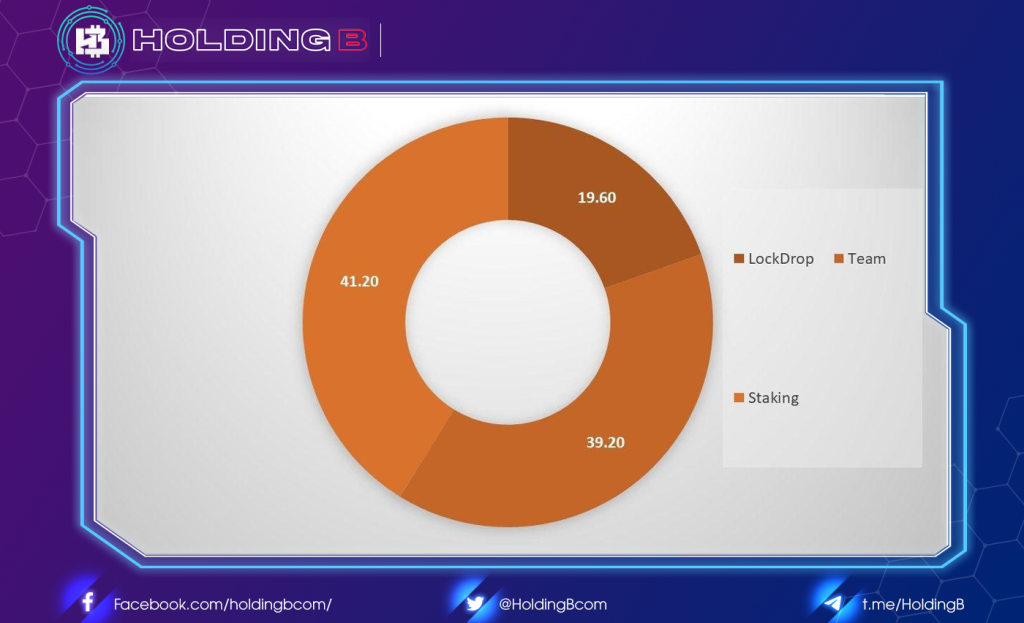
DUCK tokens are allocated as follows:
- Lockdrop: 19.6%
- Team: 39.2%
- Staking: 41.2%
Project Development Team
I’ll update you when more information is available.
Partners
I’ll update you when more information is available.
How to Earn and Own DUCK Token
Currently, if you want to own DUCK tokens, you can buy on the listed exchanges of this token.
DUCK Token Exchange
Currently DUCK is supported to buy and sell on some exchanges such as Uniswap, MXC,…
DUCK Token Storage Wallet
DUCK is an ERC-20 token so you can store it on wallets that support this standard such as:
- Metamask
- Myetherwallet
- Trust Wallet
- Atomic Wallet
The future of unit protocol
In the future, it is very likely that sidechain solutions will appear as large bridges intended to reduce the cost of stable coin transfers while retaining inherent security.
In addition, according to me, the development will go towards using 2-layer payment “The Paycash” for other stable coins. This promises many new directions for Unit Protocol in general and DeFi in particular.
However, unit protocol is still quite young. It has aspects that have not been studied and tested in practice. Besides, there are still some risks of collateral liquidity, oracles‘ risks (especially important in DeFi) need the project team to pay close attention.
See ya in the next article !
Don’t forget to follow useful articles about Crypto Market from team Holding B !!!
- Telegram Channel: https://t.me/HoldingBcom
- Telegram Group: https://t.me/HoldingB
- Website: https://holdingb.com/
- Twitter: https://twitter.com/HoldingBcom
- Facebook: https://www.facebook.com/holdingbcom

